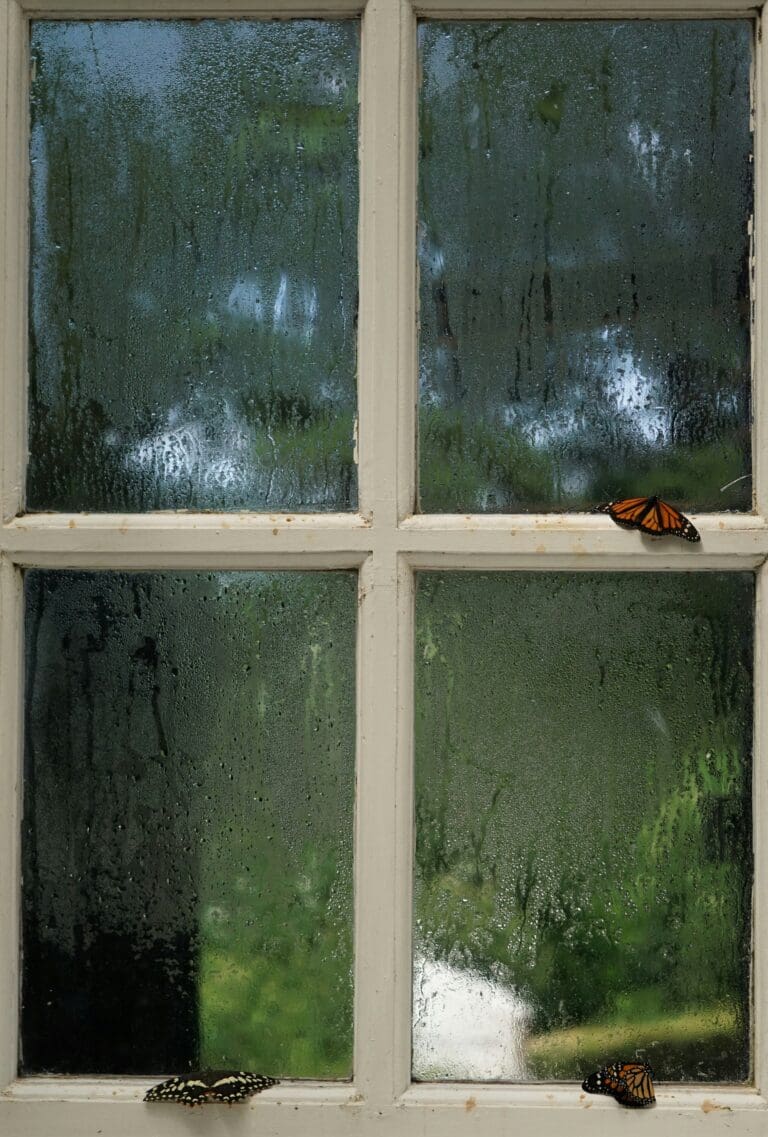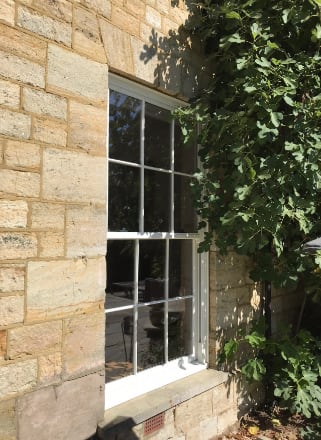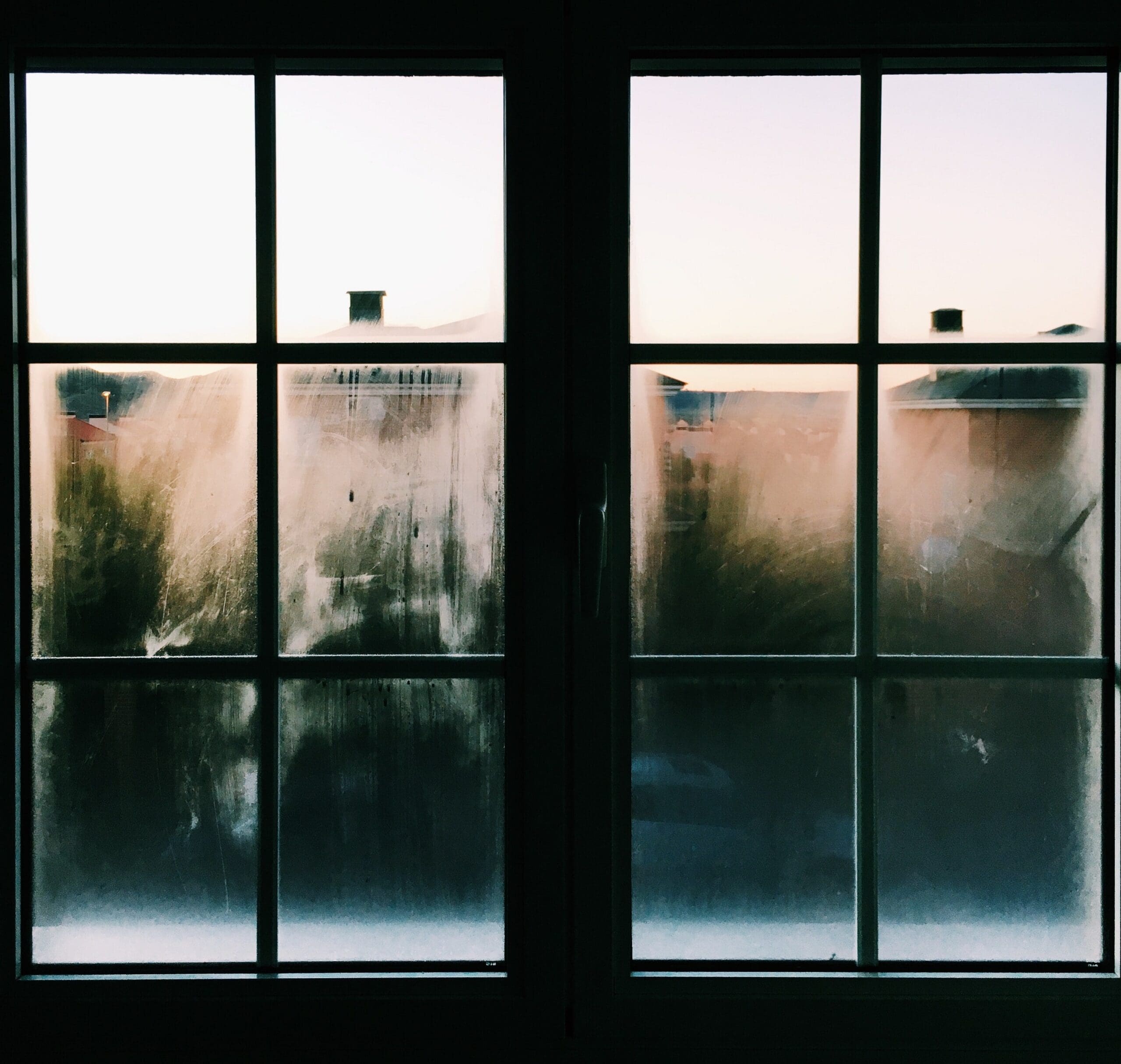Have you recently installed new windows and noticed some external condensation forming on the outside? You might be scratching your head, thinking, “What’s wrong with my windows?” Well, let us reassure you: external condensation is a common occurrence and often a sign that your windows are performing brilliantly! We want to explain why this happens and why you shouldn’t worry.
Understanding External Condensation
Condensation forms when warm, moist air meets a cooler surface, like the outer pane of your windows. When outdoor temperatures drop, and humidity levels rise, external condensation can occur. It’s especially prevalent during those crisp autumn and spring mornings when the temperature difference between inside and outside is most pronounced.
What’s great about this phenomenon is that it’s an indicator that your new windows are doing their job—keeping the heat inside your home where it belongs!
Why is This Happening?
The reason you see this external condensation on modern windows is quite straightforward: today’s windows are built to be much more energy efficient than those from years past.
In older window designs, heat could easily escape through the glass, keeping the outer surface warm enough to prevent condensation. But with modern glazing technology, the outer pane stays cooler because it effectively retains the heat inside your home. This cooler glass meets the dew point—the temperature at which moisture in the air condenses—leading to that familiar misty appearance on the outside.
When to Expect External Condensation
You’ll likely notice external condensation more frequently during autumn and spring, especially in the mornings. During these seasons, temperatures can drop significantly overnight, causing the glass to cool down quickly.
Interestingly, you might find that some windows in your home experience external condensation while others do not. This can be attributed to factors like the orientation of your home, how sheltered your windows are from the elements, or even how much sun they receive throughout the day. For example, a window facing east may accumulate condensation earlier than one facing west.
What Should You Do About It?
If you see external condensation on your windows, don’t stress! This is perfectly normal, and in most cases, it won’t last long. As the sun rises and temperatures warm up, the external condensation will evaporate, restoring your clear view.
While there’s not much you can do to prevent this natural occurrence, here are a couple of tips to keep in mind:
Let it be: The external condensation usually clears up within a couple of hours as the outdoor temperature rises.
Ensure proper ventilation: Good airflow around your windows can help—look out for overgrown ivy or things lent up against the nearby wall—though it won’t eliminate external condensation entirely.
Remember, external condensation is a sign of your windows’ efficiency, ensuring your home stays warm and cosy!
At Milford Window Company, we want you to view external condensation as a badge of honour. It means your new windows are doing exactly what they’re designed to do: keeping warmth inside, which ultimately translates to a warmer (or cooler in the summer months!) home, lower heating bills and a reduced carbon footprint.
In our environmentally-conscious world, conserving energy is more important than ever. By minimising heat loss through your windows, you’re making a smart investment for both your comfort and the planet.
If you’ve spotted external condensation on your windows, there’s no need to panic. Your windows aren’t broken; in fact, they’re doing their job exceptionally well! It simply indicates that you’ve made a wise choice by upgrading to energy-efficient windows—well done you!
We pride ourselves on providing top-notch window solutions that enhance your home’s efficiency, aesthetics, and overall comfort. So the next time you see some morning dew on your windows, take a moment to appreciate the benefits it brings—you’ve made a great investment!


